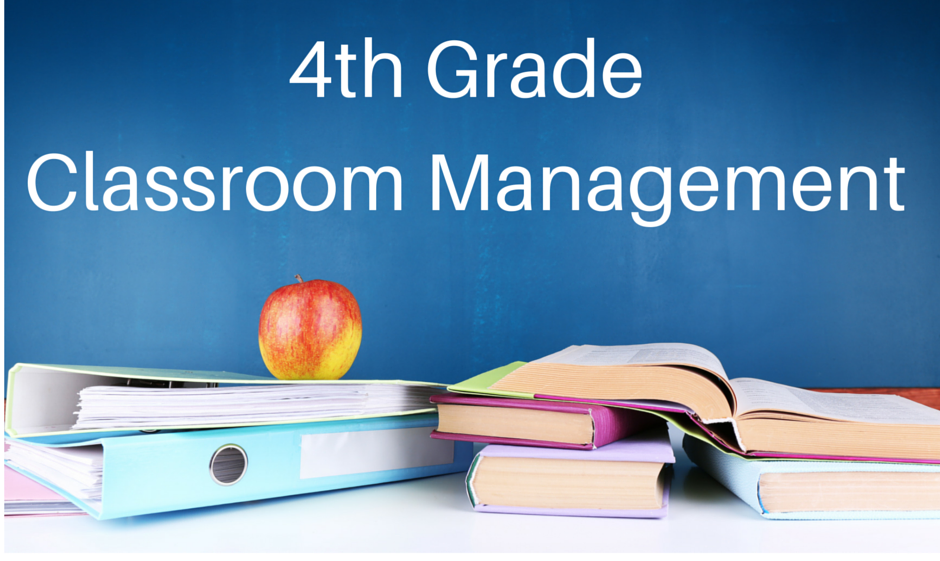 KISS – Keep It Simple Strategies – Classroom Management for Middle School Teachers
KISS – Keep It Simple Strategies – Classroom Management for Middle School Teachers
Now that we have covered the elementary grades, we now move on to Middle School. We can all agree; we’ve now entered a world of aliens, populated by students whose behavior tends to be guided by hormonal factors beyond our control.
Strategy #1: Are you prepared for Middle School kids?
I’ve seen so many frustrated and unhappy Middle School teachers who just haven’t embraced the concept of understanding and connecting with Middle School kids. It may sound simple but it isn’t. If you think you are a teacher that is struggling with connecting to this tricky group, consider sitting down with Human Resources in your district and asking for another assignment, perhaps a classroom in grades K-5. This is not something to be ashamed of; it’s sometimes very hard to manage middle schoolers. Acknowledging the fact that you’re in the wrong place is the first step. You will be happier, and so will the kids.
Strategy #2: Use some tips from Middle School teachers that have gone before you
- Quieting a noisy class can be as simple as wearing a stopwatch around your neck (or wrist). Have a discipline system that uses time as a trade-able commodity. Free time at the end of each day can be given and taken away. When the class is noisy, hold up the watch and start the countdown. Seconds spent watching the watch are added or subtracted from the free time allotment for each day. Managing Middle School kids is also effective when guided by peer pressure; it will only take one child to begin the shhh-ing that will bring the class to order.
- Bell work (or other quick activity to begin the class) – In Middle School, students usually change classes. To get and keep all students on task, come up with a short activity that must be completed on entering the room. You might have a series of math problems on the board. Or have an activity posted to your class website; provide the URL on the board. When students file in, they are to go to the class website to find today’s “bell work” assignment. These activities cut down on chitchat and bring groups to order when the day or period begins.
- Seating arrangements – there are many ways to arrange desks in a classroom. There is only one main caveat – arrange your students in a configuration that benefits you and the way you teach. If you have individual desks for each student, I find the U-shaped configuration to be the best. It lets the teacher walk around and check student work. With a quick spin, you can see everyone in the room yet provide individual help along the way. If your classroom came equipped with tables for seating in groups of 4-6, let your curriculum guide the way you want that to work. For instance, if you’re a science teacher, each table group can be a project, or a contract in progress. Each table can be a station with a computer for reference work, etc.
Middle School doesn’t have to be a stressful experience (any more than other grade levels). My first strategy though, is key; you really must be comfortable managing Middle School kids.
Resources for your review:
- Middle School tips on Pinterest
- Association for Middle Level Education
- The Middle School Experience
- Middle School Math World
- Middleweb
- Middle School Lesson Plans – sharemylesson.com
- Notes from a Master Teacher
Add your tips and suggestions to our growing lists, teachers helping teachers is a great way to go. Check out the rest of our KISS Series here.
 Neva Fenno, M.S.Ed., MLIS, has been a special education teacher, school library media specialist, curriculum specialist and grants manager for several urban school districts in New York and Massachusetts for 30 years. As grants manager for 7 years, she managed up to $28,000,000 a year in federal, state, foundation and corporate grants from application through fiscal administration. She has hundreds of stories to tell, not all successes, but from each story there is a lesson to be learned.
Neva Fenno, M.S.Ed., MLIS, has been a special education teacher, school library media specialist, curriculum specialist and grants manager for several urban school districts in New York and Massachusetts for 30 years. As grants manager for 7 years, she managed up to $28,000,000 a year in federal, state, foundation and corporate grants from application through fiscal administration. She has hundreds of stories to tell, not all successes, but from each story there is a lesson to be learned.








I love the second strategy! Fewer words, more actions; this is also a good idea for the students to be mindful of their surroundings.
Middle school teachers should learn some of the basic classroom management tricks required to improve the discipline among the student. Information given in different types of books and blogs (including this article) related to classroom management could be very useful for the teachers to learn basic aspects of classroom management. Besides, an educator could just enroll in an online classroom management program like https://dominicancaonline.com/online-courses/classroom-management/
Pingback: Manage your Classroom!! Are you arranging your classroom correctly? – Jazzy's Blog
Hi Lisa, you’re starting from a great place, you “really care about these kids”. You are being asked to participate in the day to day trauma the kids are pulling into the classroom. My number one tip is to provide an iron-clad structure for your classroom. Kids need to know what’s going to happen next. Our students certainly don’t have that at home. These children have been hurt in ways we can’t imagine. Our backgrounds have not provided resources for sorting it all out. I once had a class of kids that ranged from age 8 to 13, 84 pounds to 250 lbs. –
My first step was to stand back and evaluate if the assignment was even possible. Classes of kids are often chosen by a computer, not a thoughtful process. You may need to sit down with school or district administrators to find a better mix. This isn’t giving up; it’s just acknowledging that you have a combustible situation. It’s a safety issue, and if you approach it this way you’ll probably receive some help.
In the meantime, and if you think there’s a way to put out the fires, I’ll give you some sites:
A list of authoritative resources for children who have been traumatized.
http://www.traumainformedcareproject.org/resources/bibliography%20of%20resources%20for%20schools%20to%20be%20trauma%20informed.PDF
Ten tips for classroom management:
https://www.weareteachers.com/10-things-about-childhood-trauma-every-teacher-needs-to-know/
From a site devoted to helping traumatized students learn:
https://traumasensitiveschools.org/wp-content/uploads/2013/06/Helping-Traumatized-Children-Learn.pdf
Your love will shine through, kids can feel that and will respond if it’s couched within a carefully structured day.
Neva
HELP! I teach middle school math in a small rural school. I have just 11 6th graders, and ALL of them have high levels of trauma in their back grounds. I’m at my wits end right now and could really use some expert teacher advice. They have become a group that feeds negativity off of each other. I try to manage my math class with a high level of small group work and class discussions. The problem is that now, most refuse to work with each other in groups, few will actually participate in class discussions, and once one starts loudly proclaiming, “I don’t get it”, then all of them will simply stop trying. I use growth mindset ideas, and a mixture of curriculum (Eureka, GO! Math, Glencoe, and a variety of internet resources). Thank you for any input you can provide. I really care about these kids and want them to be successful, but I feel like I’ve lost the battle already.